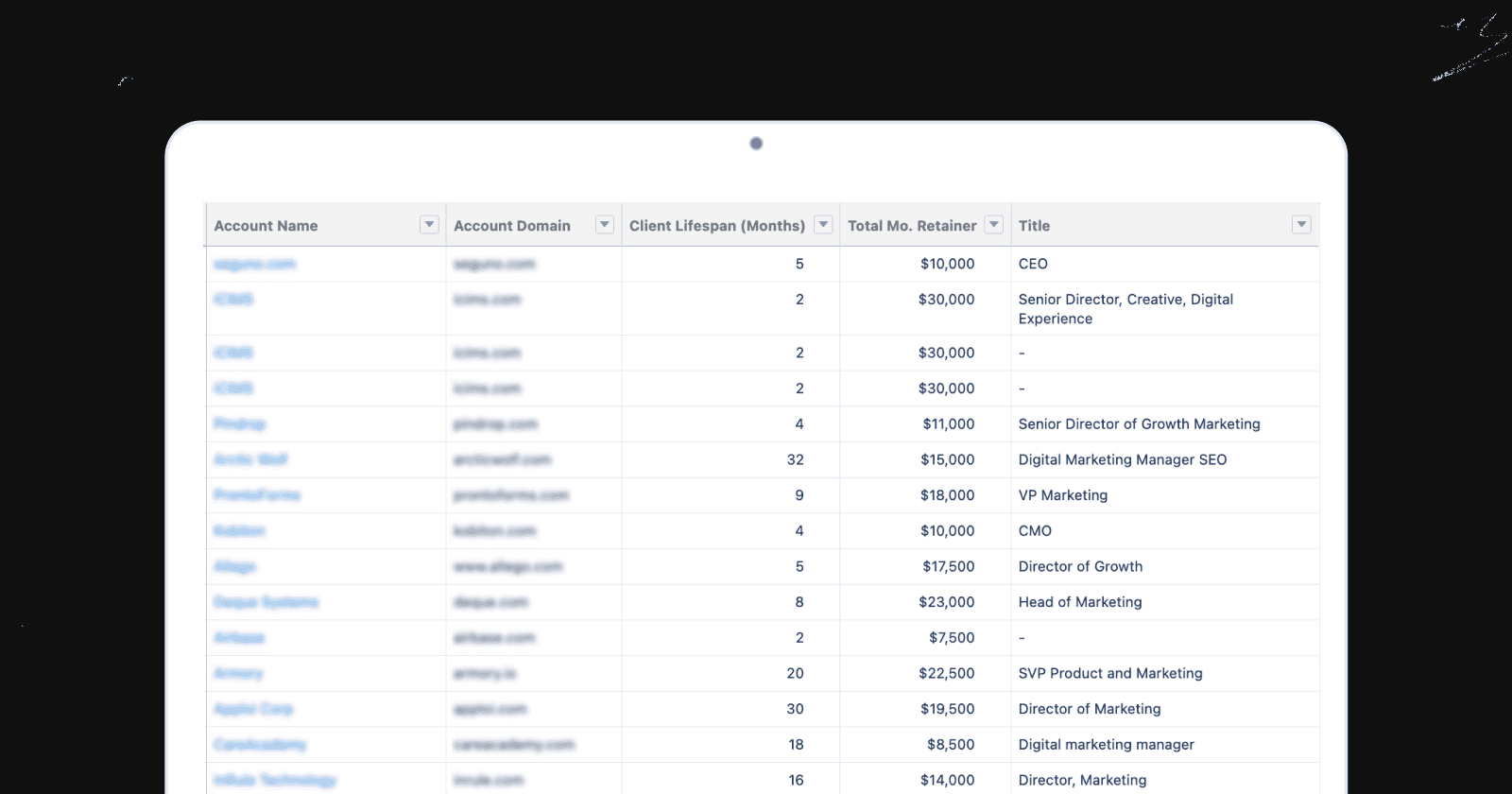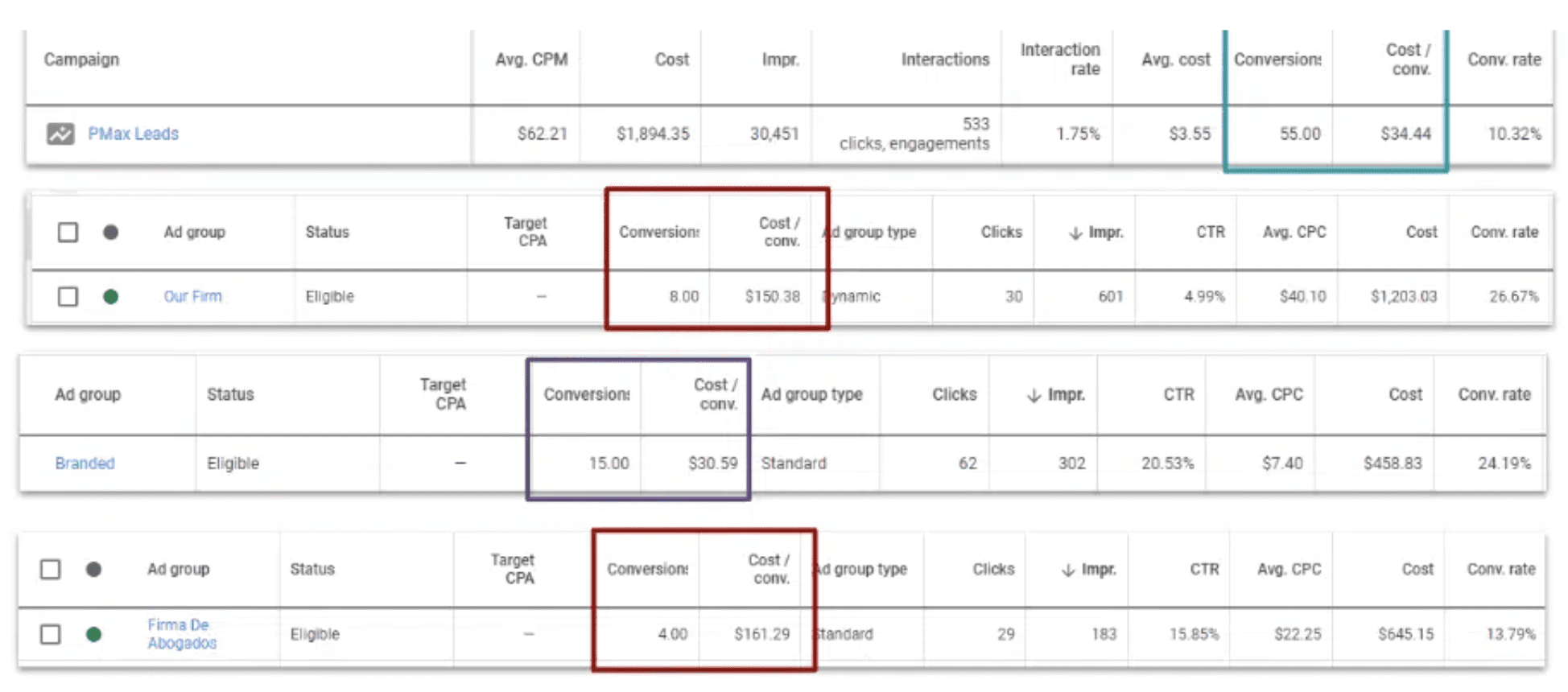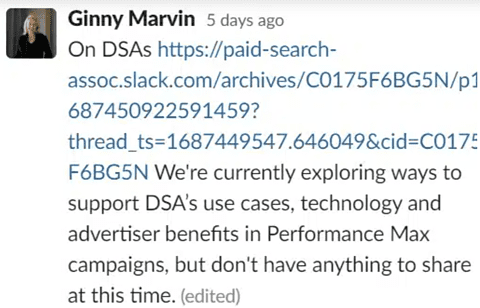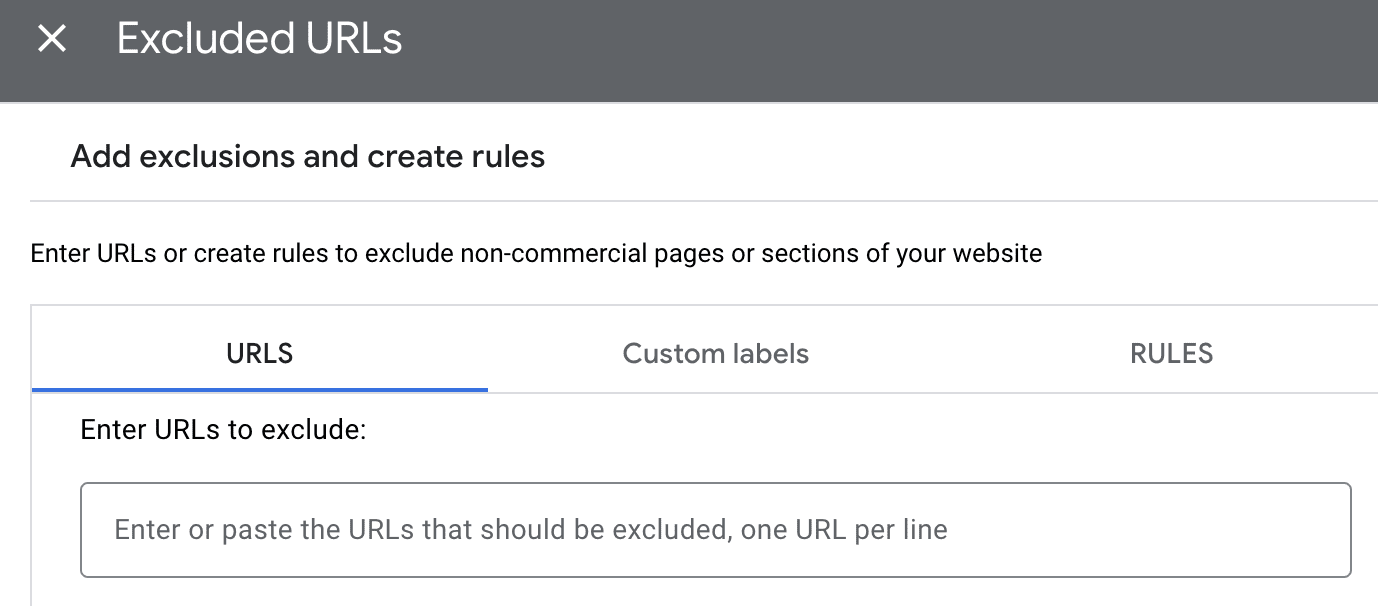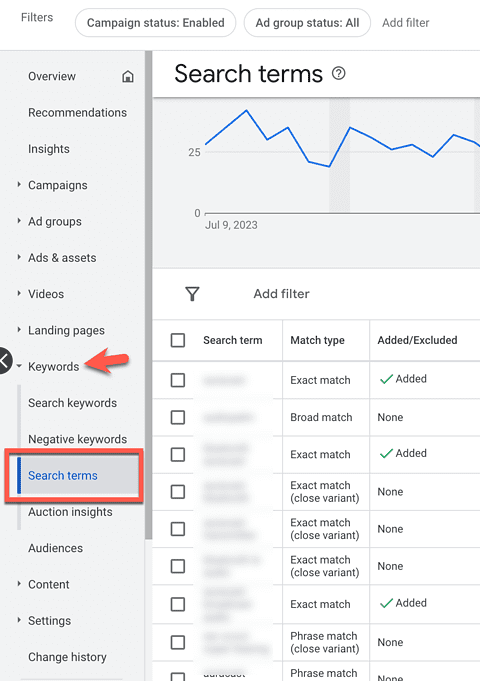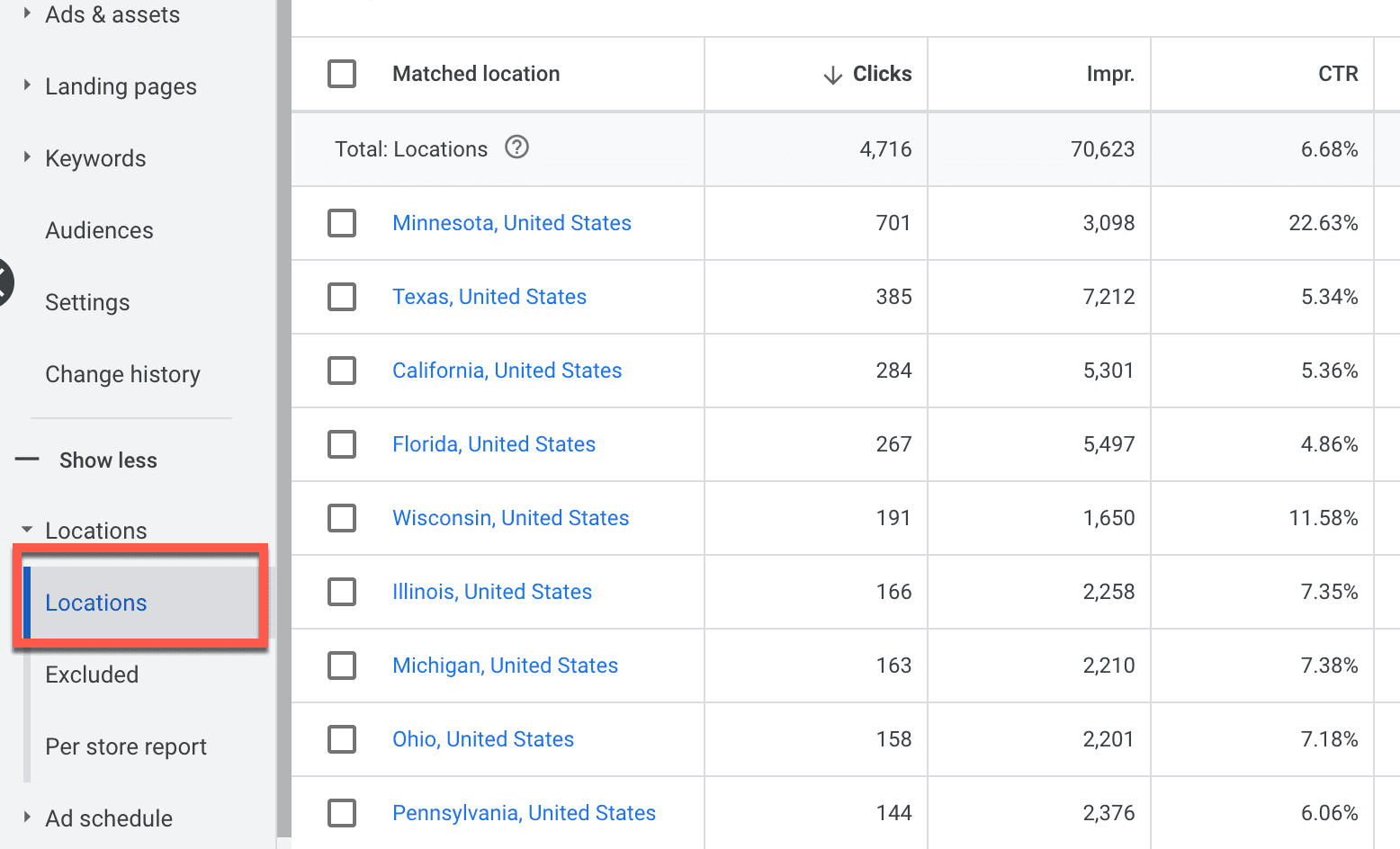Mastering PPC In 2024: Trends To Inform Your Strategy via @sejournal, @sejournal
Navigating PPC isn’t easy.
No one has all the answers, but get enough experts together, and you can discover powerful PPC trends.
Which is exactly what we did.
As pay-per-click (PPC) marketing evolves with new trends constantly emerging, it can be hard to know where to focus your efforts.
What worked for your PPC campaigns in the past may no longer cut it.
Not only do consumers continue to change, but the technology available to marketers is always advancing – not to mention search engines and social media platforms throwing curveballs into the mix.
Between widespread adoption of AI, inflation in cost-per-click (CPC) budgets, and new shifts in user engagement, we’ve seen a lot of changes in 2023 that will shape your PPC strategy moving forward.
So, if you’re looking to get ahead in the dynamic world of PPC, the key is adapting and knowing when to pivot.
Download our PPC Trends ebook to access expert insights on what’s coming, what you should pay attention to, and what to avoid.
This sixth edition features commentary from 13 of the top PPC marketing experts. Inside are the latest developments over the past year and how you can leverage these trends in 2024 and beyond.
Let’s dive into three of the core ideas outlined in the ebook:
- AI in PPC: The potential these new tools offer, along with the limitations that can lead to pitfalls.
- How to control your budgets and maximize value amidst CPC inflation.
- The new user engagement channels shaping PPC, and what you should focus on.
AI In PPC: Potential & Limitations
AI had its moment in the spotlight this year, with several shiny new AI features making their debut on PPC platforms. Marketers also began adopting generative AI in earnest.
But now that the dust is settling, we’re realizing that it’s not all black and white.
While some experts champion the benefits of AI, like automated ad campaigns, others advise caution.
AI has its strengths, but it’s not a universal fix – and human thinking and creativity still drive online interactions.
Here are three key AI insights from the ebook:
- AI is very good at the things it’s good at, and very bad at the things it’s bad at.
- AI is a square peg, so beware of round holes; AI is not a panacea.
- AI can be a multiplier of productivity and results, but some processes are worth the difficulty.
So when it comes to AI, tread carefully, use it where it shines, and remember that the power of the human touch remains invaluable.
CPC Inflation: Controlling Budgets & Maximizing Value
Inflation has cast its shadow far and wide, from the grocery store to business supply chains – and even in your ad auctions.
As you brace for these rising costs, you can refer to this ebook for expert tips and guidance on how to navigate CPC inflation.
One key point to note is that it’s not always about directly seeking cheaper CPC prices, but rather extracting maximum value from your CPCs as they are.
Here are three key insights on CPC inflation:
- Cost-cutting, for its own sake, isn’t always the way.
- Don’t obsess over what you can’t control; make the higher cost worth it.
- Don’t mindlessly follow the metrics fed to you. Validate your data.
Download PPC Trends 2024 to learn more.
Lean Into New Developments & New User Engagement Channels
With all the potential challenges on the horizon for 2024, diversification is a way you can insulate your businesses from disruption.
But broadening your channels and data sources is no small feat.
First, you need a crystal-clear cross-platform strategy, a unified messaging approach, and a consistent brand identity.
You must also be willing to experiment to discover positive and negative outcomes.
Plus, you’ll need buy-in from stakeholders to be flexible about key performance indicators (KPIs) – and be willing to engage in activity that’s more difficult to measure directly.
Here are three key insights on how you can lean into change, but in service of marketing strategies that have always been effective:
- Meet people where they are isn’t a new concept, but it will require you to learn new platforms and new ways of engagement.
- Stubborn adherence to one channel or one data source won’t work: You need new channels, new sources of data, and a model to draw insights from various sources.
- Embrace the new in service of what you’ve always known about marketing.
Discover more of the trends that made waves in 2023 and are set to reshape the future of advertising.
Read expert insights from:
- Akvile DeFazio, Founder, AKvertise.
- Alex Macura, Founder/CEO, Your Digital Assembly.
- Amalia Fowler, Principal Strategist, Good AF Consulting.
- Amy Hebdon, Founder + Managing Director, Paid Search Magic.
- Andrea Atzori, Director, Ambire.
- Ben Steele, Senior Editor Ebooks, Search Engine Journal.
- Ben Wood, Director of Growth & Innovation, Hallam.
- Corey Morris, President/CEO, Voltage.
- Ginny Marvin, Ads Product Liaison, Google.
- Lauren Weisel, Director of SEM, Media.Monks.
- Lisa Raehsler, Founder and SEM Strategy Consultant, Big Click Co.
- Navah Hopkins, Evangelist, Optmyzr.
- Tim Jensen, Sr. Search Marketing Specialist, M&T Bank.
Grab your copy of PPC Trends 2024 for expert insights and actionable tips to prepare for the year ahead.
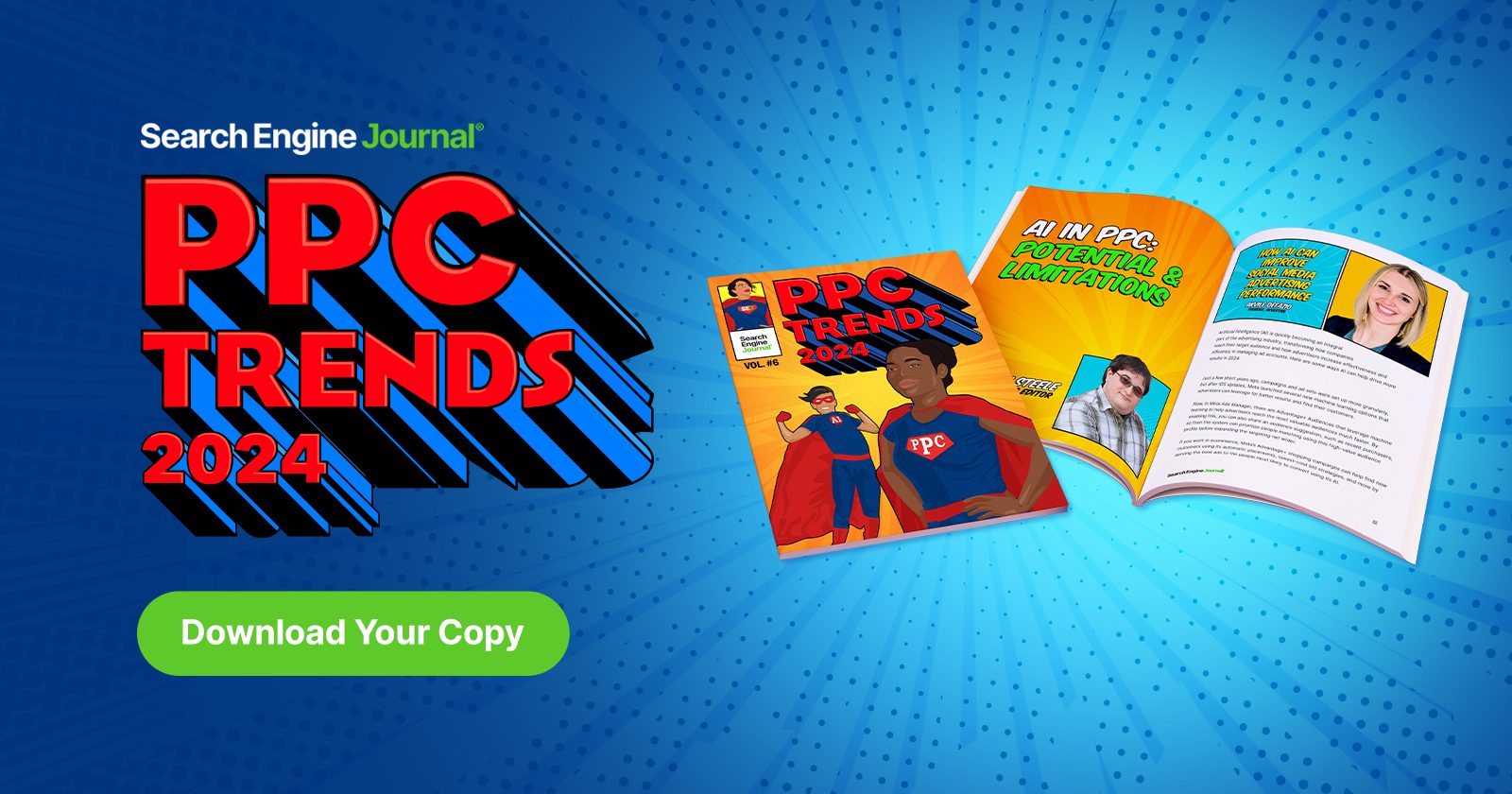


Featured Image: Paulo Bobita/Search Engine Journal



